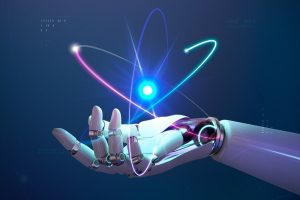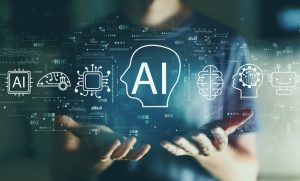Understanding Machine Learning Systems and Its Categories

Artificial Intelligence refers to the imitation of human intelligence processed using machines. The formation of intelligent machines and techs signifies that they can work and behave like humans in a real-life scenario. Some of those human intelligence processes are self-correction, reasoning, and more. It is the primary reason people tend to enroll in Artificial Intelligence.
Machine Learning refers to a division of Artificial Intelligence (AI). It includes a computer system and its calculations. ML allows the computer to make calculations based on the prearranged raw data. The traditional computer systems differ from Machine Language in numerous ways. Classical computer systems lack the high-level codes that could make a difference between various things. Given that, these systems cannot carry out perfect calculations.
On the other hand, a Machine Learning (ML) model is a highly advanced system integrated with high-level data. It uses the data to carry out complicated calculations to the human intelligence level, making it competent to form astonishing calculations. You can categorize ML in either supervised or unsupervised categories. Artificial Intelligence also has another classification – semi-supervised.
Let’s see what these two categories of Machine Learning are here.
Supervised Machine Language
Supervised ML computer knows what it has to do and how to use given examples. Here, the computer gets a large amount of categorized and structured data. One of the shortfalls of a supervised system is that its computer relies on a significant amount of data to work as a specialist at a particular job. The data serves as the input that enters the system using numerous algorithms.
Once you complete the task of revealing the computer systems to the data, you can bring in the new data to trigger a new and refined response. This type of Machine Learning system uses numerous algorithms, including K-nearest neighbors, logistic regression, naive Bayes, random forest, and polynomial regression.
Unsupervised Machine Language
With this ML system, IT professionals can use the unlabelled or unstructured data as input. It means nobody has seen the data before or used the input as the guide to the algorithm. Professionals feed the data into the ML system and use it to train the computer model. Unsupervised Machine Language finds a specific pattern and gives the desired response. In this system, the machine does all the work instead of the human. The unsupervised ML uses numerous algorithms, including hierarchical clustering, singular value decomposition, partial least squares, fuzzy means, and principal component analysis.
Reinforcement Machine Learning
Reinforcement Machine Learning works like traditional systems. The machine employs the algorithm to find data using a trial and error method. Subsequently, the reinforcement machine learning system decides which technique can work the best with the most efficient results.
Machine Learning has three parts: the actions, the agent, and the environment. The agent is the decision-maker or the learner. The environment refers to the surroundings where the agents live, whereas the actions are the tasks that an agent carries out. It happens when the agent picks the most effective technique and goes on based on that.
It’s the job of AI to acquire information and acquire the rules of using it as a part of its learning. The AI uses those rules to reach the closest possible conclusions. A few examples of AI applications include speech recognition, planning, problem-solving, learning, expert systems, and machine vision. Some of the computers are designed with the help of AI to execute some plans and activities.
Artificial Intelligence for Students
It’s one of the unique branches of computer science that deals with the study of creating intelligent machines that, in simple terms, walk and talk like humans. Over the years, AI has become a crucial part of the tech industry.
More and more students are considering making their career in Artificial Intelligence and opting for AI for their studies. All this has proven to show a significant rise in demand for AI courses. Before going into it, one must know that the associated research with AI is highly technical and specialized. Students usually pursue their courses to study the problems associated with AI, including programming of traits like learning, moving, solving, etc.
Courses for Artificial Intelligence
When it comes to finding courses for artificial intelligence, one can see that it’s getting offered at various levels. But since AI has surfaced recently, its courses are still in the initial stages. Its nascent stage is evidence of how its importance grew in the past few years in leaps and bounds.
And after seeing its development and following its popularity, several institutions are now coming up with their AI courses. Premiere institutes around the world have introduced the studies of AI into their curriculum. And it is not just the scientific or the technical colleges that are implementing this. Many other educational bodies are also dipping their fingers in the pool of AI courses.
These AI courses come under the umbrella of disciplines including, science, mathematics, technology, data science, computer studies, neuroscience, etc. Several premia and no-premium institutions across Australia offer diploma, graduate, postgraduate, and certificate level courses on and about AI. It’s easy now more than ever to get a degree of Master in Science (M.Sc), Bachelor of Technology (B.Tech), or Masters in Technology (M.Tech) with AI for specialization. For interested students, some colleges are also offering distance learning programs or short-term artificial intelligence courses in Australia.
The admission procedure is simple. It starts from choosing the right college to filling in the form and getting the registration process done. Every college has its own eligibility criteria and may even have an entrance test for gauging your knowledge. This makes the admission procedure fair for everyone who wishes to pursue AI courses in the future.




